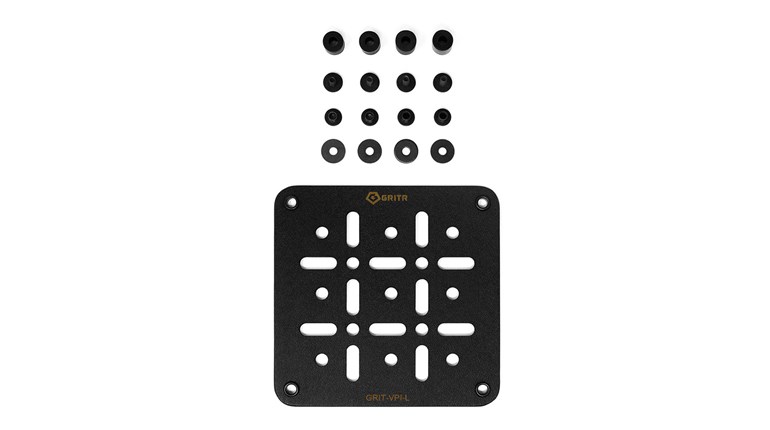
There’s one advantage to being old and cranky, with sore knees and a few mended broken bones. You learn things. One thing I’ve learned is this: if you are going to carry, you need a holster. The reason is easy: Without one you are a walking hazard zone. Just dropping a handgun into a pocket and expecting it to be useful is optimistic. To expect it to be pointed the same way as it was when you dropped it into that pocket is to be mistaken. To expect it to never be pointed at yourself while in that pocket, as you walk, sit, lean or run is, to be blunt, moronic.
I learned this during the first Ronald Reagan administration, when I dropped a snubbie into a coat pocket because “I was just going to the store.” When I got home and went to retrieve it, it was upside down and backward, compared to the way I had placed it. Had I needed it, things would have been a bit … tense.
I have read of incidents where a handgun fell out of a pocket and discharged, plus a few instances where a police department ready room had to have the carpeting or flooring replaced, due to a discharge caused by a lack of a holster. And I’ve heard of others where someone was wounded. I know of at least one instance where the owner was killed. I’ve seen an instance where lacking a holster caused a handgun to skid across the floor. The classics tell us, “For want of a nail, the kingdom was lost.” Think of a holster as adult supervision for your handgun, and we all have heard of instances where a lack of adult supervision has lead to bad things.
So, when we talk of “pocket pistols” you should clearly understand that the “pocket” part of it describes the size of the handgun, not the mode of carry.
Regardless of where you plan to be carrying a handgun on your person, it must be in a holster. But which one, and where? Now those are difficult questions.
To select a suitable holster, you have to satisfy a number of variables, some of them contradictory.
- It must be comfortable. A lack of comfort fails you on two counts. First, if you can’t stand to wear it, you won’t. Second, an uncomfortable holster causes you to fidget, adjust, or otherwise let a sharp observer notice that you are packing. That was a big giveaway when I was working in gun shops back when few carried.
- It must be accessible. A handgun you can’t get to, because it is so deeply hidden, is one that might as well be at home. How easily, or quickly, accessible, is up to you. But my suggestion is that it you have to dig past more than one layer of clothing, it is too deep.
- It has to be sturdy. A flimsy holster will wear out on you, quickly. And without warning. It needn’t be made of unobtainium, and if you prefer leather, horsehide or premium Naugahyde over Kydex, then go with it. But get a good one. Pay a few dollars more for good stitching, adhesives, rivets—whatever holds it together. And practice with it.
In future articles, we’ll be covering new holsters, the classics, the pros and cons of choosing where to carry (on your person, that is) and how to mitigate the discomfort, garment-shredding and general hassle of carrying a gun.
Because it should be, as another instructor commented, “Comforting, not necessarily comfortable.”


































